Author: Marshall Schott
As the love of hoppy beer began to take over the world, brewers looking to create a unique spin on the ever popular IPA began taking some creative liberties, often by adapting existing styles to be stronger and hoppier. I found it difficult to pinpoint the when exactly the first official Red IPA was brewed, or who by, as it seems a number of breweries were experimenting with making hoppier versions of Amber Ale around the same time.
Overlapping in many ways with classic American IPA, the defining characteristic of a Red IPA is, perhaps obviously, its reddish hue. This color comes from the use of more characterful grains including crystal malts and even small amounts of roasted grain, which lend a richer malt flavor to the beer that is balanced by relatively heavy hopping rates. The BJCP places Red IPA under the broader Specialty IPA category and provides the following description:
Hoppy, bitter, and moderately strong like an American IPA, but with some caramel, toffee, and/or dark fruit malt character. Retaining the dryish finish and lean body that makes IPAs so drinkable, a Red IPA is a little more flavorful and malty than an American IPA without being sweet or heavy.
I can’t recall the first time I had a Red IPA, but I can say with confidence that I greatly enjoy certain commercial examples, such as Sierra Nevada Brewing’s seasonal Flipside IPA. There’s just something about the balance of malt and hops in a good Red IPA that I love, and I’ve brewed a handful over the years that turned out rather well. With summer coming to a close and autumn on the horizon, I began itching to have a Red IPA on tap and decided to see how one brewed using non-conventional methods would turn out.
| BREWING THE BEER |
The bones of this recipe came from past batches I’d made and enjoyed, though I added a decent charge of Golden Naked Oats and used all LUPOMAX hops.
Short & Shoddy Red IPA
Recipe Details
| Batch Size | Boil Time | IBU | SRM | Est. OG | Est. FG | ABV |
|---|---|---|---|---|---|---|
| 5.5 gal | 30 min | 63.8 | 12.3 SRM | 1.065 | 1.014 | 6.69 % |
| Actuals | 1.065 | 1.014 | 6.69 % | |||
Fermentables
| Name | Amount | % |
|---|---|---|
| Lamonta: Pale American Barley Malt | 11 lbs | 68.22 |
| Golden Naked Oats | 2.5 lbs | 15.5 |
| Vanora: Vienna-style Barley Malt | 2 lbs | 12.4 |
| Caramel Malt 60L | 8 oz | 3.1 |
| Roasted Barley | 2 oz | 0.78 |
Hops
| Name | Amount | Time | Use | Form | Alpha % |
|---|---|---|---|---|---|
| BRU-1 LUPOMAX | 15 g | 20 min | Boil | Pellet | 19.5 |
| Ekuanot LUPOMAX | 15 g | 20 min | Boil | Pellet | 19 |
| Mosaic LUPOMAX | 15 g | 20 min | Boil | Pellet | 17.5 |
| BRU-1 LUPOMAX | 15 g | 5 min | Boil | Pellet | 19.5 |
| Ekuanot LUPOMAX | 15 g | 5 min | Boil | Pellet | 15 |
| Mosaic LUPOMAX | 15 g | 5 min | Boil | Pellet | 17.5 |
| BRU-1 LUPOMAX | 40 g | 5 days | Dry Hop | Pellet | 19.5 |
| Ekuanot LUPOMAX | 40 g | 5 days | Dry Hop | Pellet | 19 |
| Mosaic LUPOMAX | 40 g | 5 days | Dry Hop | Pellet | 17.5 |
Yeast
| Name | Lab | Attenuation | Temperature |
|---|---|---|---|
| Pub (A09) | Imperial Yeast | 74% | 32°F - 32°F |
Notes
| Water Profile: filtered Fresno tap water with unmeasured amount of gypsum |
Download
| Download this recipe's BeerXML file |
With the help of my very cute lifelong assistant, I began collecting the full volume of filtered water for this batch at 07:45 PM.
Aiming for a perceptibly crisp and dry beer, I added an unmeasured amount of gypsum to the water.
As the water was heating up, Olive helped me weigh out and mill the grain.
When the water was properly heated, I stirred in the grist then checked to make sure it was at my target mash temperature.
I gave the mash a good stir every time I walked by it to encourage optimum conversion.
Once the 30 minute mash rest was complete, I removed the grains and let them drip into the kettle while the wort was heating up.
I then prepared the kettle hop additions, which smelled delightful!
The wort was boiled for just 30 minutes with hops added at the times stated in the recipe.
At the completion of the boil, I quickly chilled the wort.
A refractometer reading showed the wort was at 1.065 OG, for a brewhouse efficiency of 63%.
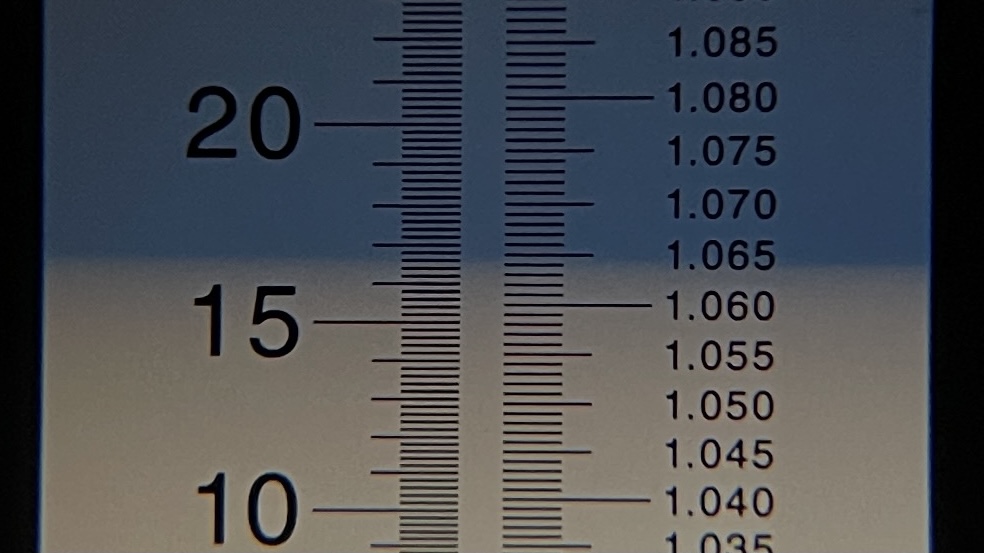
I then transferred the wort to my fermentation vessel.
Next, I direct pitched a pouch of Imperial Yeast A09 Pub into the 73˚F/23˚C wort.
The fermenter was connected to my glycol rig that was set to maintain a fermentation temperature of 66°F/19°C. With the beer fermenting vigorously 2 days later, I added the dry hop addition. After another 4 days, I noticed diminished activity and took a hydrometer measurement showing the beer had reached the expected 1.014 FG.
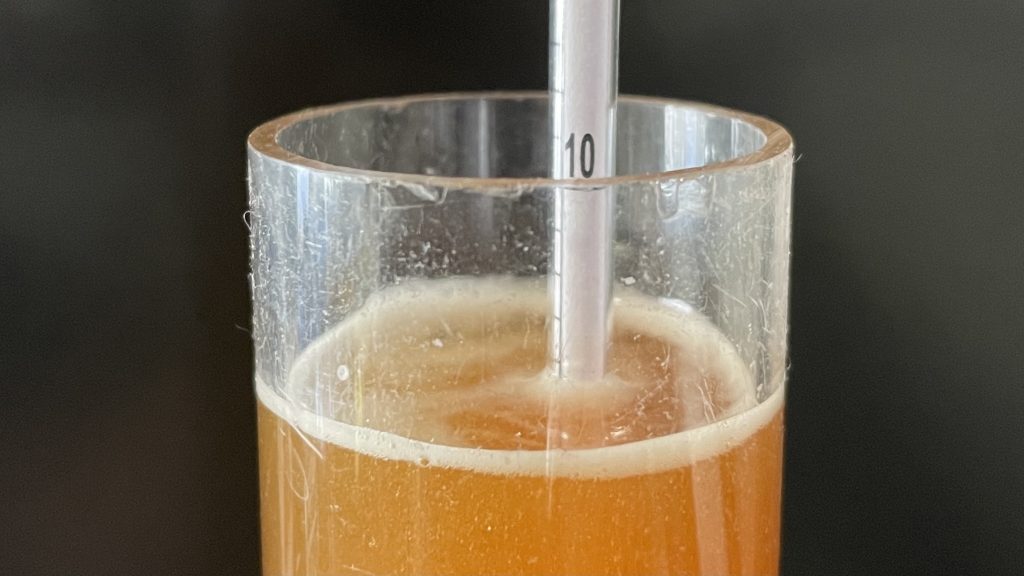
At this point, I cold crashed the beer to 39°F/4°C and left it alone for 4 days before pressure transferring it to a CO2 purged keg.
The filled keg was placed in my kegerator and burst carbonated at 50 psi for 14 hours before I reduced the gas to serving pressure. After a week of cold conditioning, it was ready to serve to tasters.
| RESULTS |
A total of 43 people of various levels of experience participated in this Short & Shoddy evaluation. Participants were informed of the specific beer style and provided the BJCP description prior to completing the survey. Tasters were then instructed to rate how hoppy, malty, and dry they perceived the beer to be on a 0-5 scale where a rating of 0 indicated “not at all” and 5 indicated “extremely.”
Tasters were provided a list of common hop, malt, and yeast characteristics then instructed to select from each the one they perceived as being most prominent in the beer.
Hop Characteristics
Malt Characteristics
Yeast Characteristics
Next, participants were asked to indicate whether or not they detected any off-flavors in the beer; those who did were provided a list of common off-flavors and instructed to select the one they perceived as being strongest. Out of the 43 participants, two felt the beer had an alcohol warmth while one each endorsed astringent, diacetyl, and estery.
Tasters were then asked to rate how well the beer represented the intended style, based on the provided BJCP description, on a 0-5 scale where 0 meant “not at all” and 5 meant “exactly.”
Finally, tasters were asked to rate how much they enjoyed the beer on a 0-5 scale where 0 indicated they hated it and 5 indicated they loved it.
My Impressions: To my palate, this Red IPA had notes of toasty and caramel malt with subtle hints of chocolate that were nicely balanced by a citrus and piney hop character. While perceptibly dry, the mouthfeel had a creaminess to it the created the impression of richness without being sickly sweet. I was a huge fan of this beer and enjoyed drinking it by the pint while it was on tap.
| CONCLUSION |
Whereas classic American IPA, particularly modern West Coast versions, are known for showcasing hops while malt plays more of a supporting role, good examples of Red IPA tend to give equal screen time to both. Unfortunately, some versions fail to achieve this balance, resulting in beers that are either cloyingly sweet or don’t possess the expected malt character.
Despite the fairly large amount of Golden Naked Oats, a crystal malt, used in this Short & Shoddy Red IPA, tasters rated hoppy slightly higher than malty, while they still perceived it as being quite dry. More specifically, tasters rated fruity and pine as being the most prominent hop characteristics, while caramel/sweet, toasty, and roast were the most commonly endorsed malt descriptors, aligning well with the style description. And despite all the corners cut during the brewing process, only 5 of the 43 participants noted off-flavors, some of which might be better explained by the recipe.
In addition to over half of all participants rating this beer as being a solid representation of a Red IPA, most also seemed to enjoy it quite a bit, suggesting the methods used to brew it worked well. As a brewer who tends to be pretty hard on myself, I have to say that I was very pleased with how this Short & Shoddy Red IPA turned out. The blend of toasty and caramel malt flavors blended beautifully with the citrus and pine from the hops, and while the mouthfeel maintained a creaminess, the beer was still dry enough to drink copiously.
If you have thoughts about this Short & Shoddy brew, please feel free to share it in the comments section below!
Support Brülosophy In Style!
All designs are available in various colors and sizes on Amazon!
Follow Brülosophy on:
FACEBOOK | TWITTER | INSTAGRAM
If you enjoy this stuff and feel compelled to support Brulosophy.com, please check out the Support page for details on how you can very easily do so. Thanks!


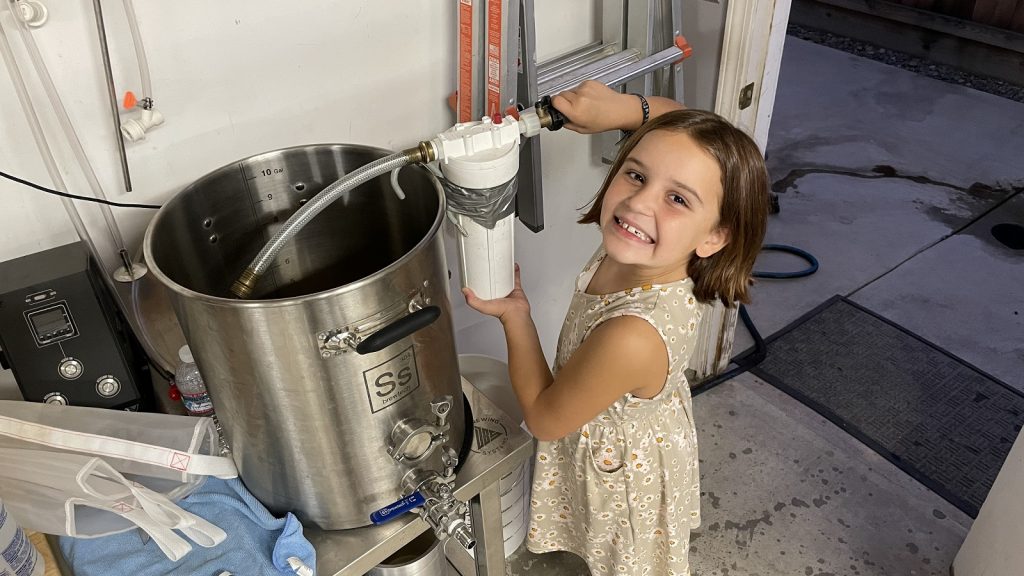
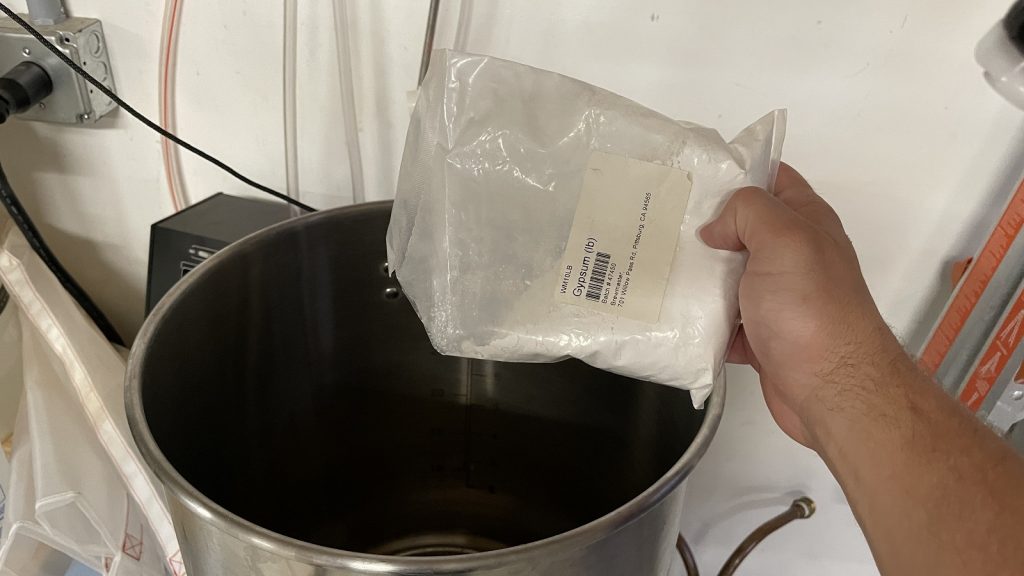
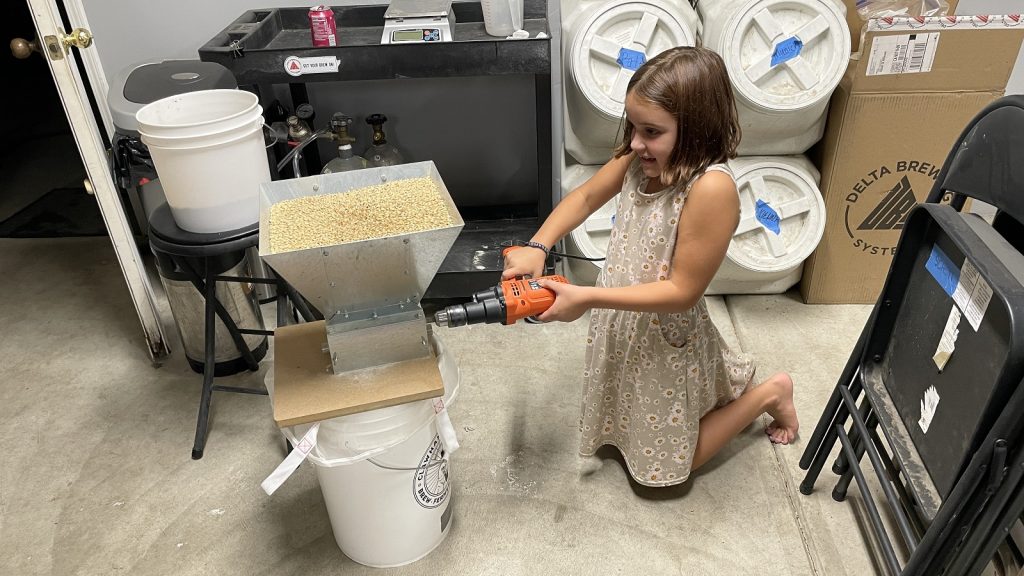
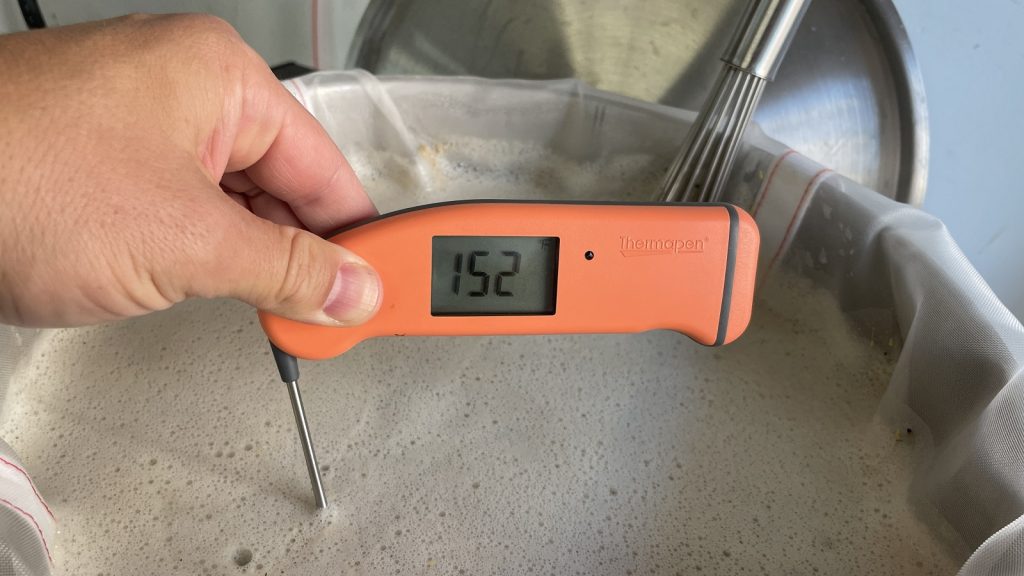
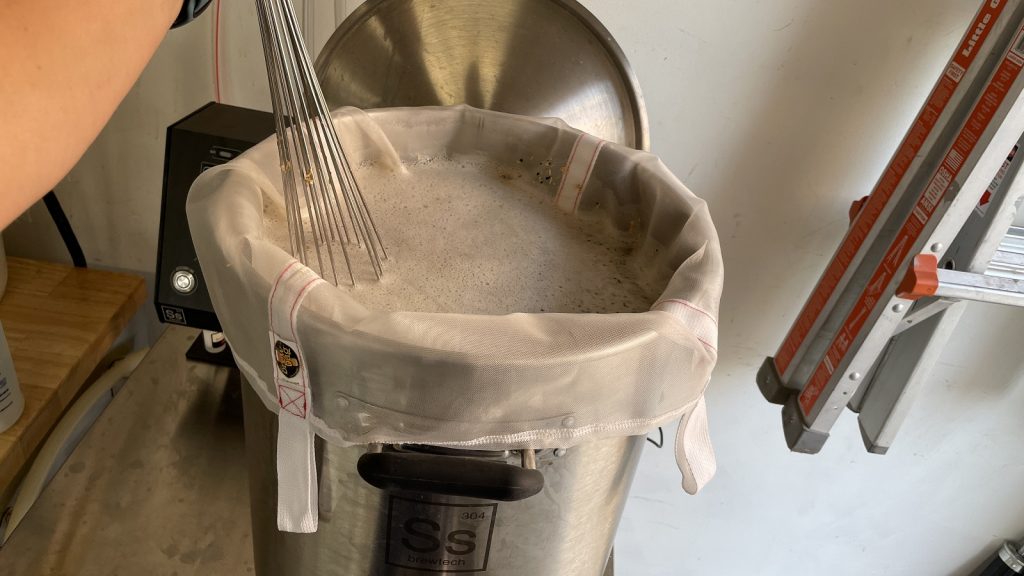
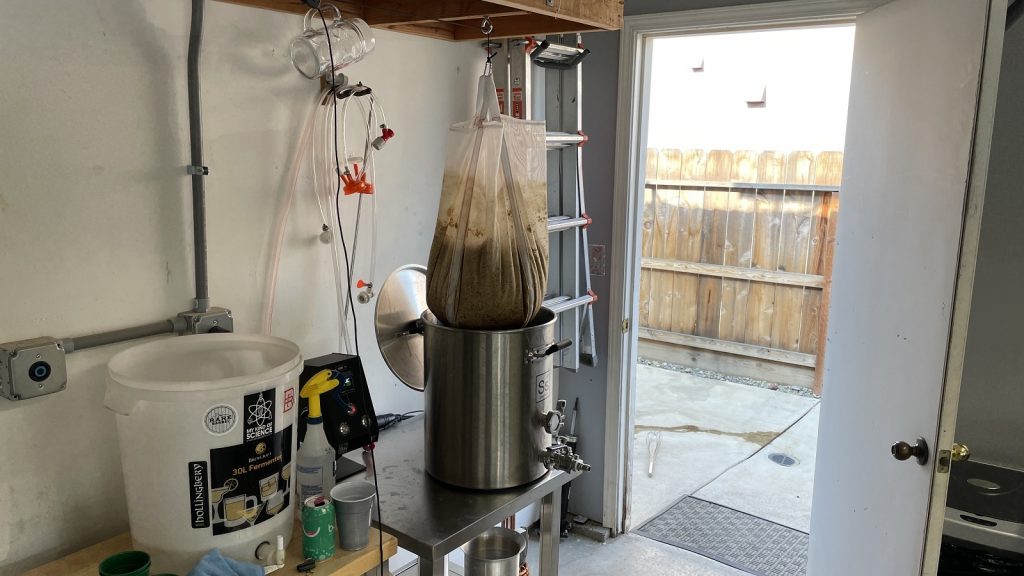
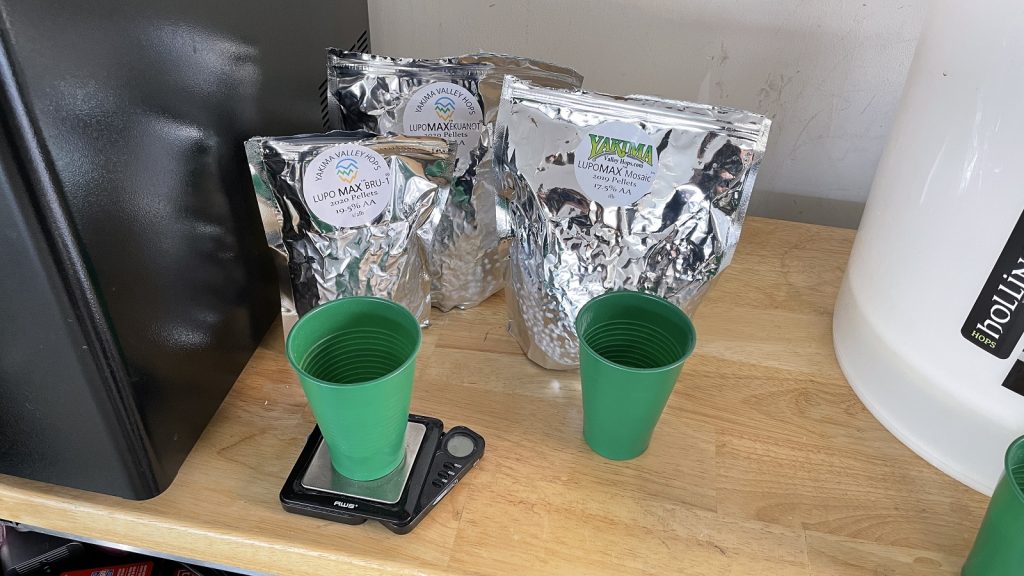
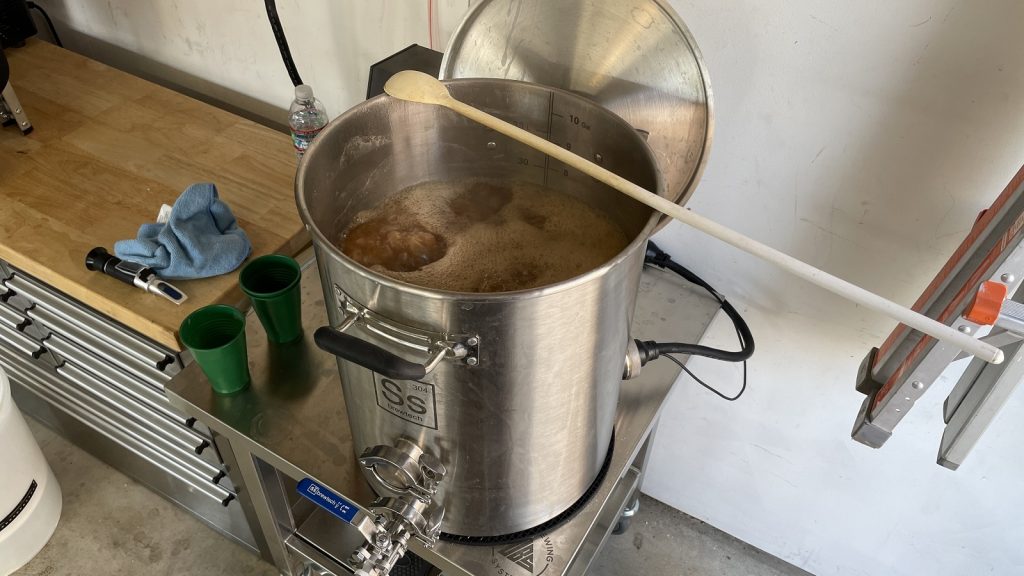
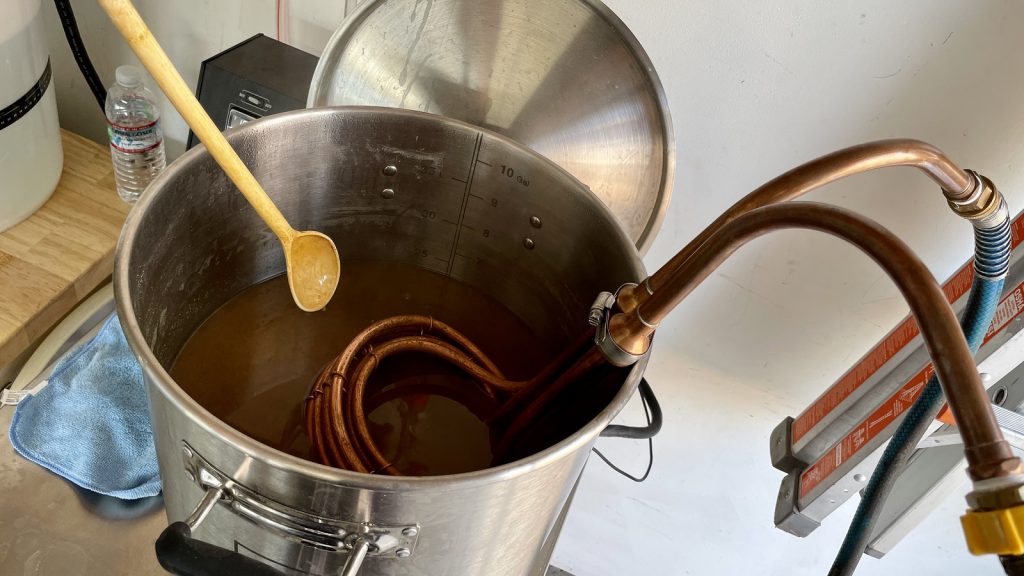
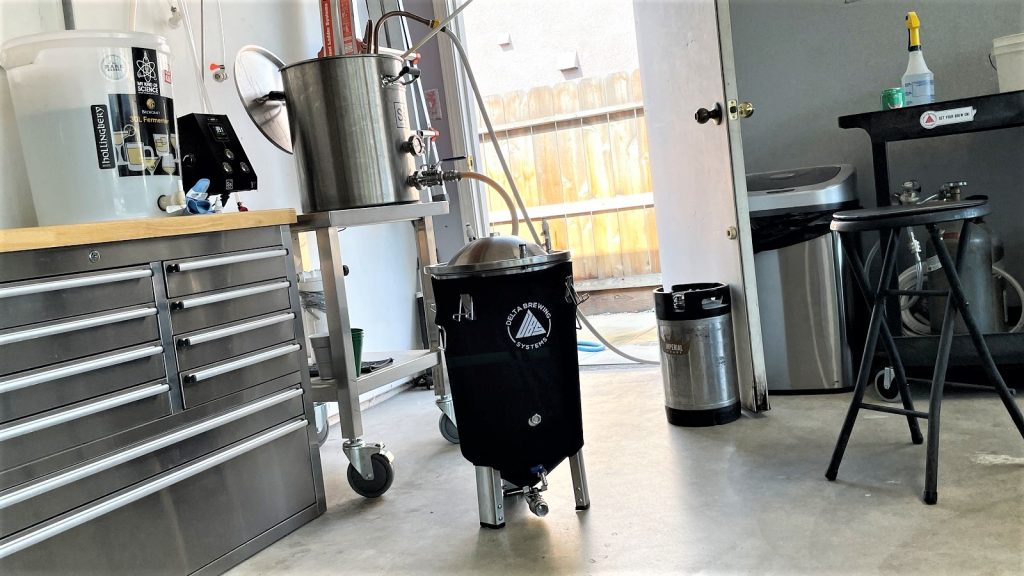
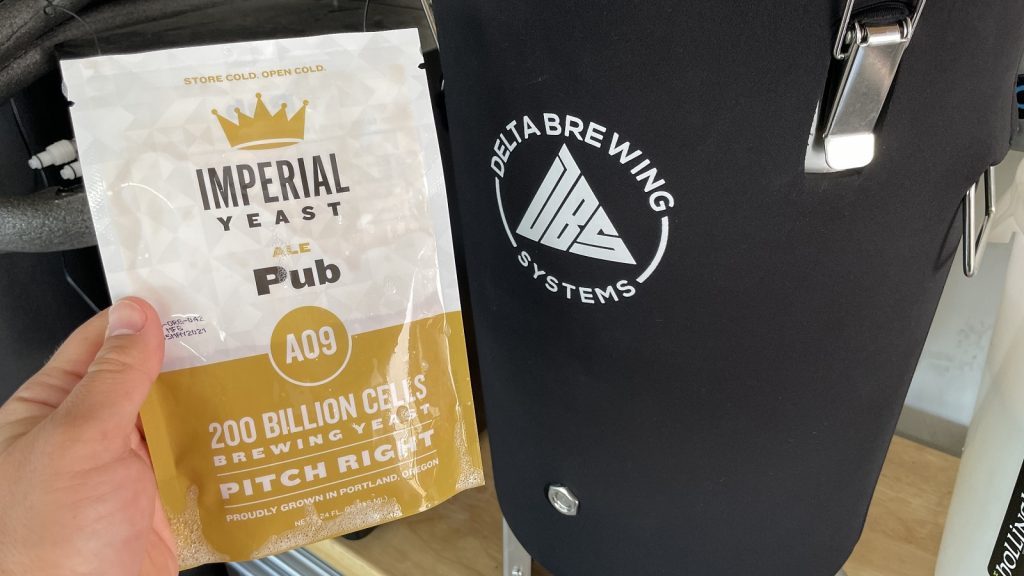
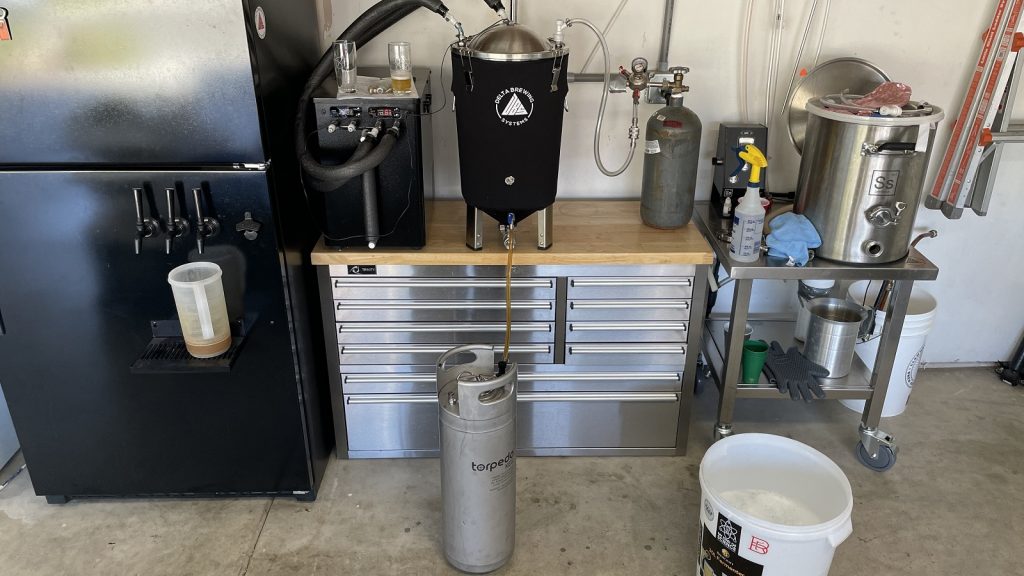
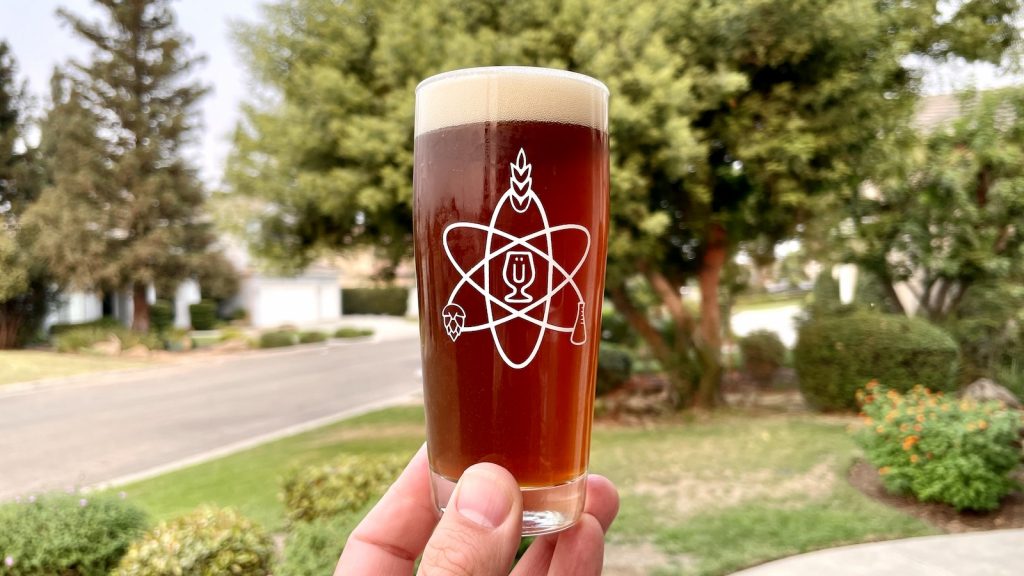
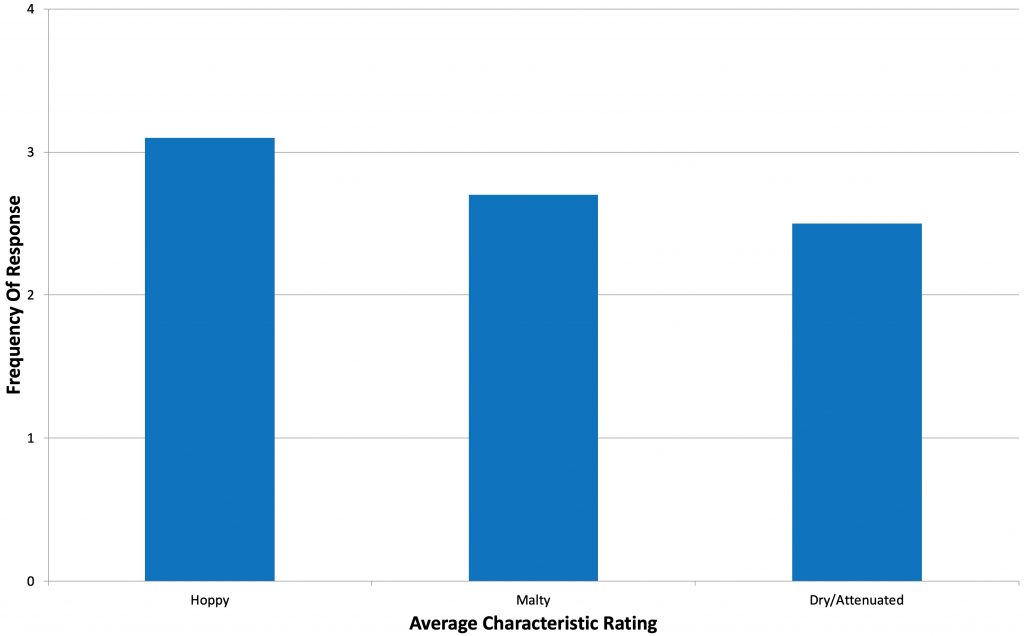
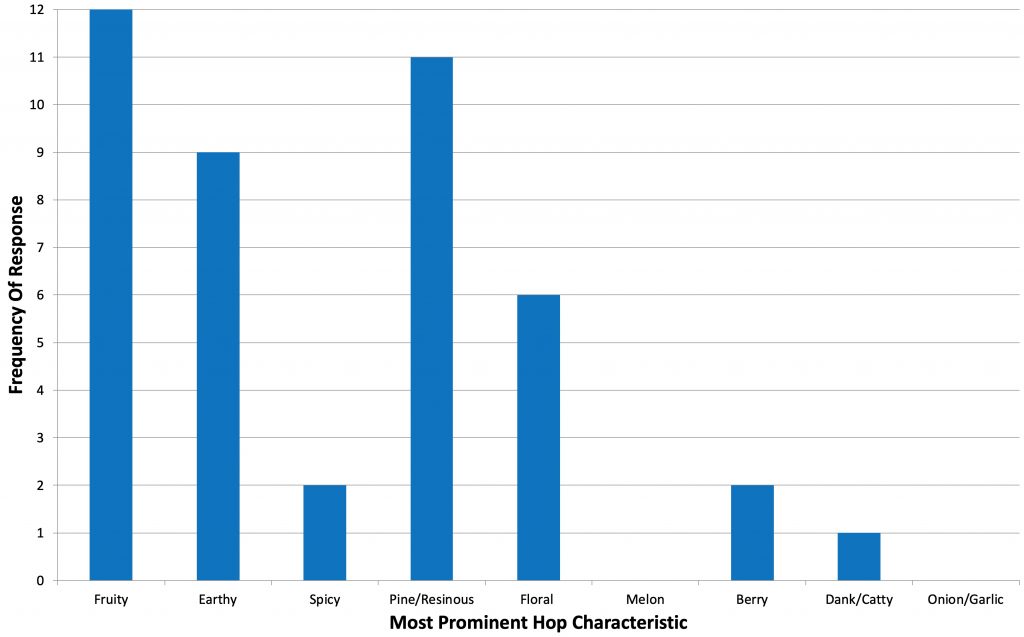
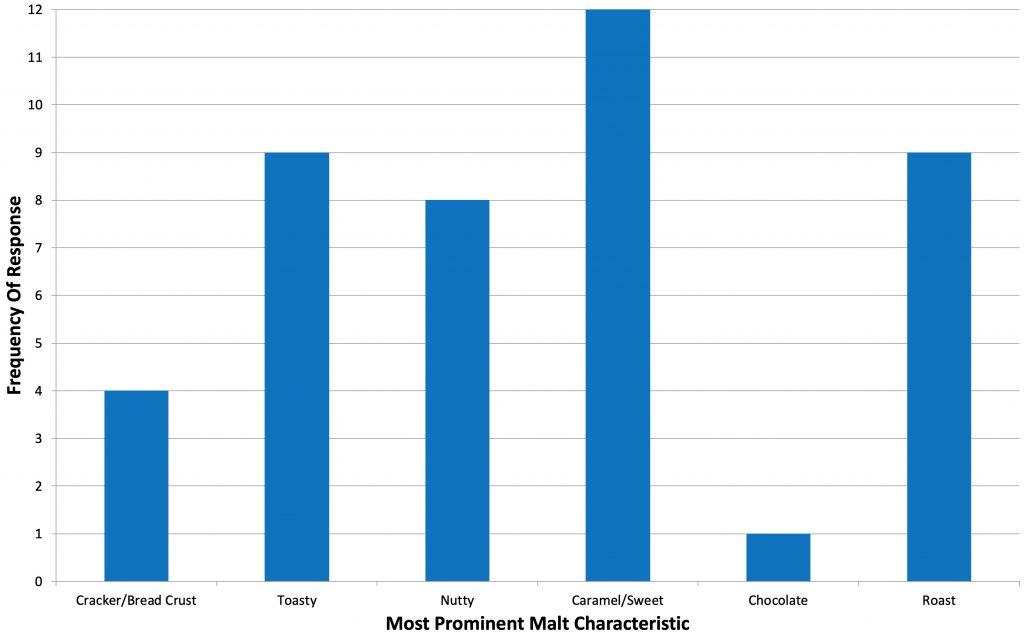
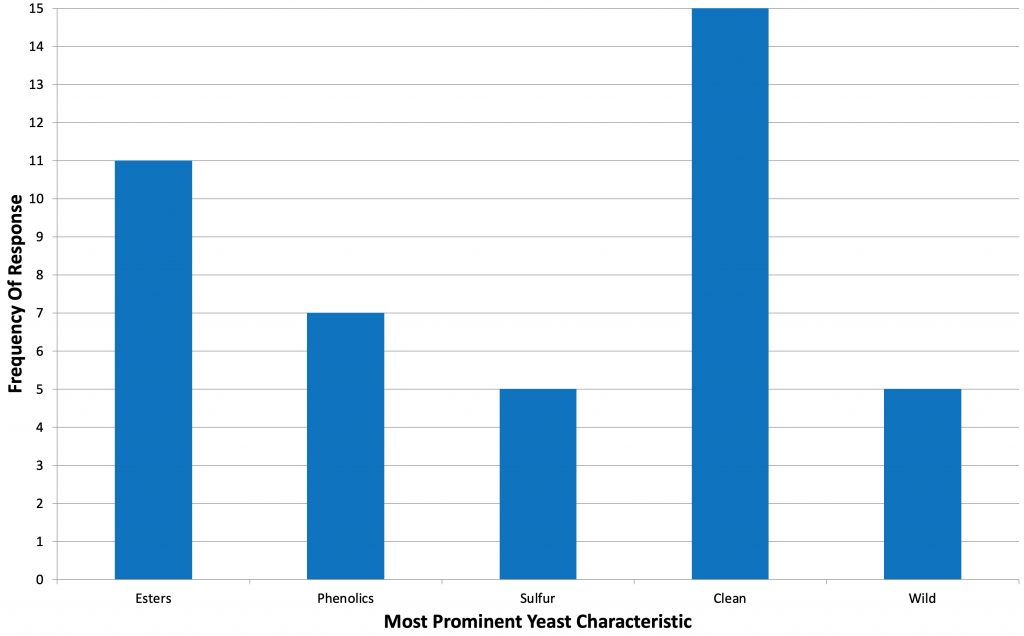
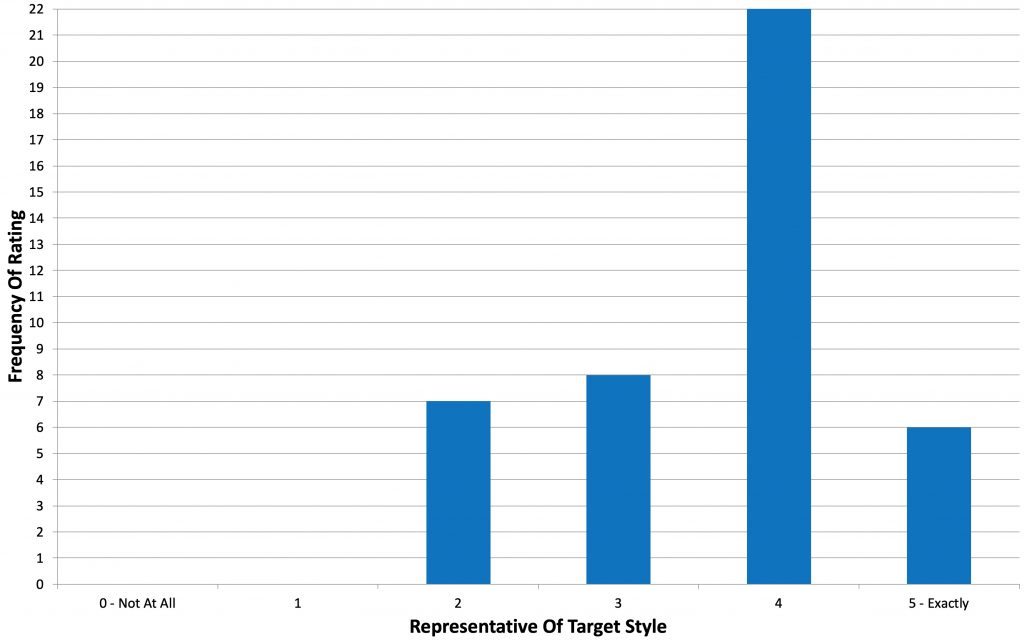
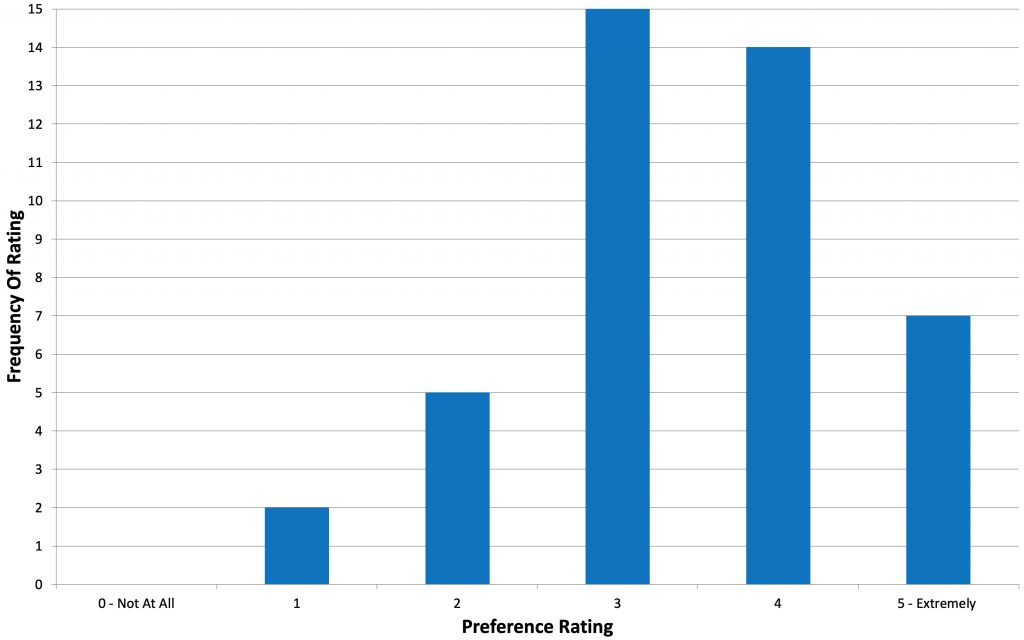











5 thoughts on “Short & Shoddy | Red IPA”
Your article takes me back to the Good ole days of IPA, before many people knew what an IPA was! My 1st attempt at an American IPA was to set out and brew a Sierra Nevada Celebration Ale back in 93. It was a classic available as a seasonal around Christmas as it’s still today. Celebration back then was what I considered my favorite type of an IPA. Good malt and caramel malt base balanced by a high amount of Hop bitterness, flavor and aroma. Finshes with some malt sweetness and body but not too sweet of a finish.Today’s version to me finish much drier than the mid 90’s version. I went on to take 1st place in 1994 and 2nd in 95 with that IPA in the AHA’s national club competition for Hale to Ale for the York Area Homebrewers Association, known as YAHA. I’m finally getting ready to open my Brewpub in Columbia Pa and have brewed a Columbian Red IPA to that same old recipe. Clocks in at 6.1% alcohol, so not to strong for an IPA. I hope to see a return to more Red IPA’s brewed this way, balanced IPA’s. Great article BTW!
Green Flash Hop Head Red was one of my favorites, followed by Oskar Blues G’Knight and Founders reDANKulous, sadly I cannot find any of them around here anymore so I stick to my clone recipe.
Bad examples of Red IPA usually tend to be more caramelly to the Red Ale side, or using just one malt like Red X to achieve color but lacking complexity.
I totally understand your intent with respect to the short and shoddy approach, however the one thing that always gets me is the addition of unmeasured amounts of brewing salts. Surely it is just as easy to use a teaspoon measure or similar for this? At most it would add a couple of seconds to the brewday and it makes it easier to get the same results the next time around.
Thanks for making such an enjoyable show – it has definitely helped guide me in choosing what to care about in my own brewing.
Or the scales you use to weigh the hops anyway.
Super cool! I havent brewed one of these in a while. This article made me want to try again 🙂